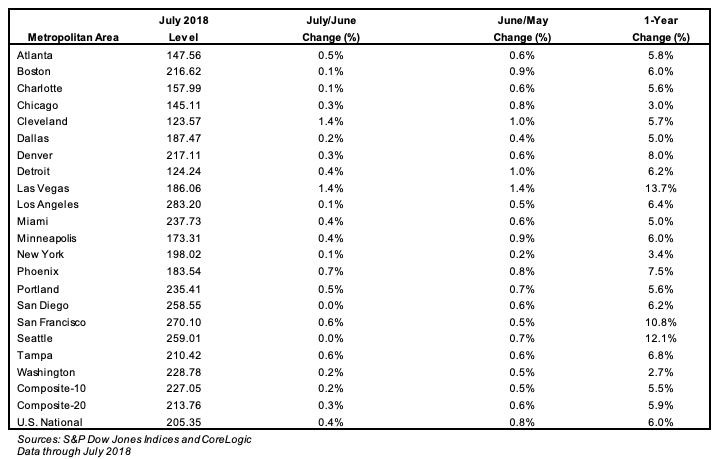Katie Lance shares advice on how to connect with potential clients using these social media vehicles to build the know, like and trust factor before you even meet in person.
The real estate agents and brokers who are making the most out of Instagram and Facebook are not just posting in the feed periodically.
Even when posting consistently, one of the things that will help you get more traction overall with Facebook and Instagram is to use Stories.
Those little bubbles at the top of your social media news feeds are prime real estate and a great opportunity to showcase your story behind the story.
Facebook Stories and Instagram Stories are two emerging opportunities for real estate pros. But how can you use them effectively to group your business? Here are a few key tips (and mistakes you’ll want to avoid).
Tips for Facebook and Instagram stories
1. Be creative
Have fun with the text, the fonts and the colors. Being creative is really key, but I’d also say if you’re using Instagram for business, stay consistent with the colors on your website. For example, we use a lot of reds and blues because those are the colors that you’ll see on our website.
2. Think about the story behind the story
So maybe you’re posting to your Facebook and/or Instagram account a few times a week, maybe even once or twice a day, but what’s that backstory?
I love to share things on my Stories account — like things with my kids. I love to drink a great glass of wine. I love to share my garden.
But I also share the backstory of doing things for our business.
3. Look at your life as content
This doesn’t mean you have to capture every moment of your life, but as you’re out and about, look at your life as content.
As you’re in between appointments, leaving a listing appointment, just leaving your home inspection or out on a broker’s tour, take the opportunity to showcase that you’re out and about.
Don’t miss out on that simple opportunity. This idea of storytelling is so powerful.
We first saw it with Snapchat. Now we see it with Instagram Stories. Now, it’s on Facebook.
Keep in mind, when people click on your story, they’re not just passively looking at your content through the news feed. They’ve intentionally clicked on your story, which is entirely a whole different experience.
4. Don’t forget geo-tags and hashtags
If you want to get more traction with Instagram Stories, the biggest tip I can give you is, as you’re out and about in your community, put in the geo-location of the city that you’re in.
The reason for that is, when you’re out and about and you put in the geo-location of your city, your Instagram Story is likely to be seen by more people who happen to be viewing what’s happening in your local area. This is because when you geo-tag your Instagram Story, you can actually click on that, and you can open up the larger story that’s happening for your local area.
This is especially cool, not just for cities, but also if you happen to check in at an event or check in somewhere like a small business, because you can see what else is happening in your local area.
So geo-tag your Instagram Stories, and use hashtags when appropriate.
Don’t go too hashtag-crazy, though — use one or two hashtags as needed. One thing you can do on your Instagram Stories is shrink down those geo-locations and the Instagram hashtags so they don’t take up your entire story within Instagram Stories.
5. Don’t make it all about business
Make sure you interject a little bit about who you are personally, whether it’s your family, your passions, your hobbies or your interests. People really appreciate that. That’s how they really get to know the real you.
As I always say, people connect with you and refer business to you because of your experience and your expertise — but they really connect with you and refer business to you over and over again because they relate to you.
Ready to get started?
A few simple ideas for Stories
If you don’t know where to begin, try starting out with the following:
- Showcase a sneak-peek behind the scenes
- Showcase and highlight your local area — this will help you establish yourself as the local expert
- Connect in real time with potential buyers and sellers and build the know, like and trust factor
Also remember: these Stories last 24 hours. You can download them to your device to repurpose the content if you’d like. And if you have a personal Instagram account, you can post your Instagram Stories right to Facebook too.
Lastly, Stories are viewable on mobile and desktop, which is even more reason to incorporate it into your strategy.
You might be a little nervous and anxious the first time you create your Instagram Stories and Facebook Stories, but the more you do it, the better you’ll get.
For more info on this article, visit: Inman.com










Recent Comments